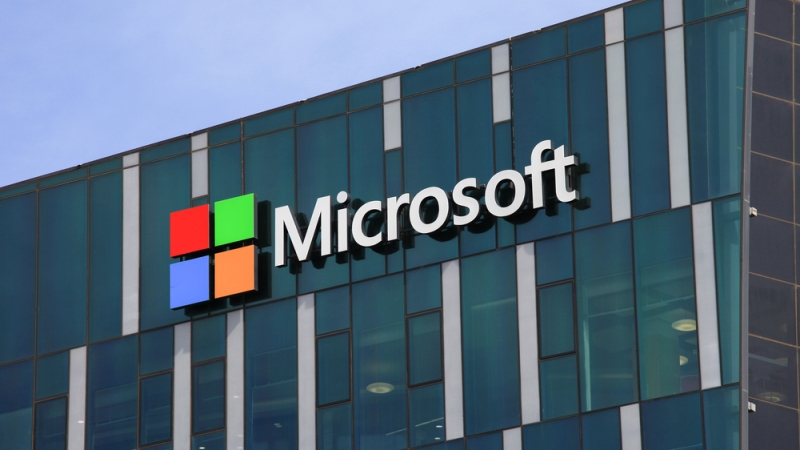
Microsoft, after teaming up with the Defense Advanced Research Projects Agency (DARPA), last week unveiled a new chip that could fast-track the development of quantum computers and bring them into wider use within years instead of decades.
Microsoft has developed Majorana 1 – a breakthrough material known as a topoconductor – putting the tech giant on track to build the world’s first fault-tolerant prototype (FTP) of a scalable quantum computer within years – rather than decades.
That breakthrough came as part of the final phase of DARPA’s Underexplored Systems for Utility-Scale Quantum Computing (US2QC) program.
“Quantum computers promise to transform science and society – but only after they achieve the scale that once seemed distant and elusive, and their reliability is ensured by quantum error correction,” according to a Feb. 19 Microsoft blog.
DARPA selected Microsoft as one of two companies to advance to the final phase of its US2QC program, a part of DARPA’s larger Quantum Benchmarking Initiative (QBI), which evaluates quantum systems capable of solving problems beyond classical computers. The other company selected was PsiQuantum.
“Our government evaluation team has been working closely with both companies since the beginning of 2023 to scrutinize their approach to building a utility-scale quantum computer,” Joe Altepeter, DARPA’s QBI program manager, said in a statement. “Both companies have undergone an incredibly rigorous and deeply technical analysis from what is almost certainly the world’s best quantum computing test and evaluation team.”
Each company had a different approach in their quantum research. The Microsoft team built an error-corrected, utility-scale quantum computer based on a compact superconducting topological qubit architecture. This method led to the creation of Majorana 1, with a topological core designed to scale to a million qubits on a single chip. According to the tech company, this approach allows scientists to determine if two qubits are in the same or different states without directly measuring them – avoiding the disruption caused by traditional measurement methods.
Following the evaluation, DARPA and Microsoft agreed to move forward with a goal to build a fault-tolerant prototype accelerating the path toward utility-scale quantum computing.
“Now, we’re ready to evaluate their final utility-scale system designs, conduct government testing of components and hardware, and assess system-level performance capabilities of major prototypes,” Altepeter said.
